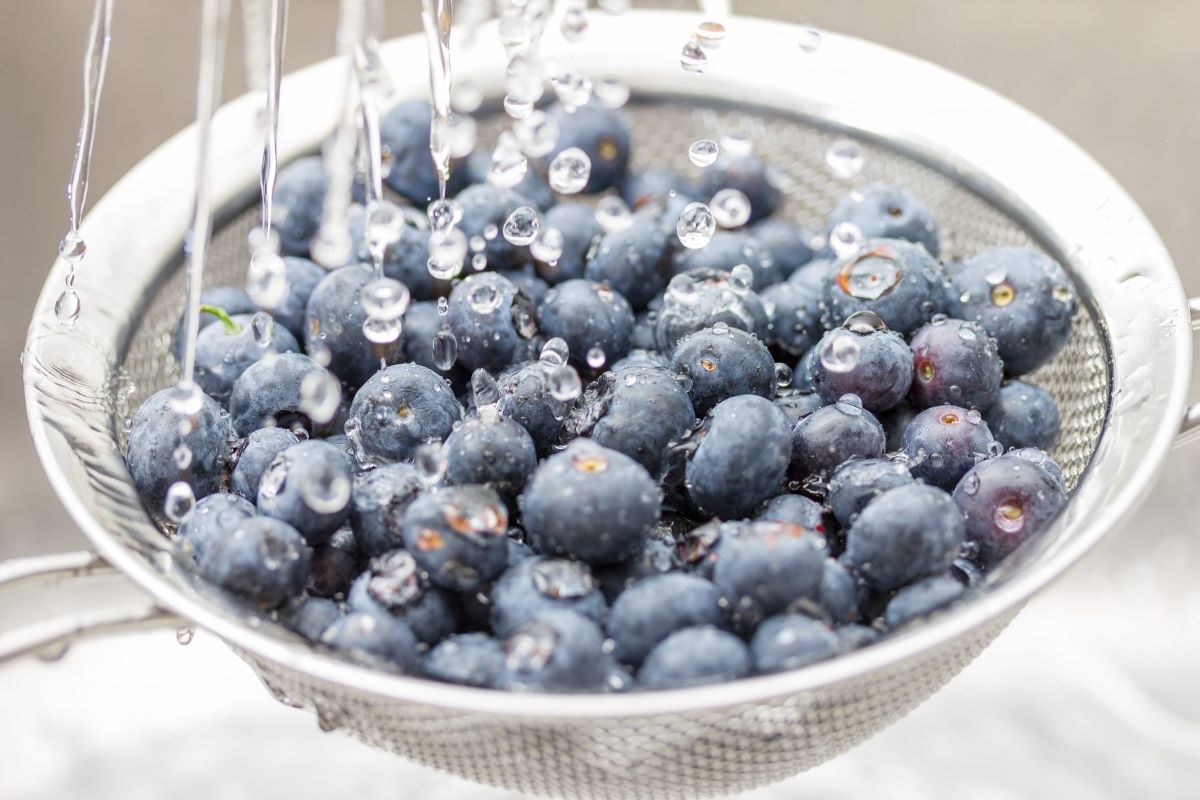

Articles
How To Store Blueberries After Washing
Modified: March 26, 2024
Learn the best way to store blueberries after washing them in this informative article. Follow these tips for long-lasting freshness and flavor.##
(Many of the links in this article redirect to a specific reviewed product. Your purchase of these products through affiliate links helps to generate commission for Storables.com, at no extra cost. Learn more)
Introduction
Blueberries are delicious, nutritious berries that can bring a burst of flavor and antioxidants to your meals and snacks. Whether you enjoy them fresh, frozen, or in various recipes, it’s important to properly store blueberries after washing to maintain their freshness and quality.
Washing blueberries is an essential step to remove any dirt, debris, or possible pesticides from the surface. However, if blueberries are not stored correctly after washing, they can quickly lose their juicy texture and vibrant taste.
In this article, we will guide you through the steps of storing blueberries after washing to help you preserve their freshness and extend their shelf life. By following these simple tips, you can enjoy the natural sweetness and health benefits of blueberries for an extended period.
Key Takeaways:
- Properly storing blueberries after washing is crucial for maintaining their freshness and flavor. Assess quality, wash, dry, and store in the refrigerator or freezer to enjoy their taste and health benefits year-round.
- Thaw frozen blueberries properly to retain their texture and flavor. Enjoy them fresh, bake with them, create sauces, or blend into smoothies for a burst of flavor and antioxidants in your meals and snacks.
Read more: How To Store Blueberries In Tupperware
Step 1: Assessing the Quality of Blueberries
Before storing blueberries, it is important to assess their quality to ensure you are storing the freshest and ripest berries. Here are some factors to consider:
- Color: Look for blueberries that have a deep, vibrant blue color. Avoid berries that are dull or have a reddish hue, as they may be underripe or overripe.
- Texture: Gently touch the blueberries and feel for firmness. They should be plump and slightly soft, but not mushy or squishy.
- Size: Larger blueberries tend to be sweeter and juicier. However, smaller berries can still be delicious, so choose based on your preference.
- Fragrance: Take a whiff of the blueberries. They should have a sweet and slightly floral aroma. If they have a sour or unpleasant smell, they may be spoiled.
By carefully assessing the quality of blueberries, you can ensure that you have the best berries for storage, which will ultimately result in a more enjoyable eating experience.
Step 2: Properly Washing Blueberries
Once you have selected high-quality blueberries, it is crucial to wash them properly to remove any dirt, debris, or potential pesticides. Follow these steps to ensure you clean them thoroughly:
- Prepare a mixture: In a bowl, combine one part vinegar with three parts water. This solution will help remove bacteria and pesticides from the blueberries.
- Place the blueberries: Gently place the blueberries in a colander or strainer.
- Rinse under cold water: Rinse the blueberries under cold running water, ensuring that all the berries are covered. Use your hands to gently swish them around to remove any dirt or residue.
- Soak in vinegar solution: Carefully pour the vinegar-water mixture over the blueberries, making sure they are thoroughly soaked. Let them sit for a couple of minutes.
- Rinse again: Rinse the blueberries under cold water once more to ensure any vinegar residue is removed.
It’s important not to soak the blueberries for too long, as this can cause them to become waterlogged and lose texture. Also, avoid using soap or detergent, as it can leave a residue on the berries.
By following these steps, you can wash blueberries effectively and eliminate any potential contaminants, making them safe to consume and store.
Step 3: Drying Blueberries
After washing the blueberries, it’s crucial to thoroughly dry them before proceeding with the storage process. Excess moisture can lead to bacterial growth and spoilage. Here’s how to dry blueberries:
- Shake off excess water: Shake the colander gently to remove any excess water from the blueberries. This will help speed up the drying process.
- Pat dry: Lay a clean kitchen towel or paper towels on a flat surface. Transfer the washed blueberries onto the towels and gently pat them dry. Be careful not to crush the berries.
- Air dry: Allow the blueberries to air dry for a few minutes. Make sure they are spread out in a single layer to facilitate drying.
Avoid using a hairdryer or any heat source to dry the blueberries, as this can cause them to become dehydrated and lose their natural moisture.
Drying the blueberries thoroughly will remove excess moisture, thereby preserving their texture and preventing the growth of mold or bacteria during storage.
Step 4: Choosing the Right Storage Container
Selecting the appropriate storage container is essential for keeping blueberries fresh and preventing them from getting crushed or damaged. Here are some tips for choosing the right storage container:
- Airtight container: Opt for an airtight container to minimize exposure to air, which can cause blueberries to spoil faster. A container with a secure lid will also prevent the absorption of odors from other foods in the refrigerator.
- Plastic or glass: Both plastic and glass containers can be used to store blueberries. Make sure the container is clean and food-safe.
- Size: Select a container size that allows for some extra space, as tightly packed blueberries may bruise or become squished. Leave some room for airflow to maintain the berries’ freshness.
Alternatively, you can also use resealable plastic bags designed for food storage. Just make sure to remove as much air as possible before sealing the bag.
Remember to label the container or bag with the date of storage to keep track of the freshness of the blueberries.
Choosing the right storage container will help maintain the quality and shelf life of your blueberries, ensuring they remain delicious and fresh.
After washing blueberries, make sure to pat them dry with a paper towel to remove excess moisture. Store them in a single layer on a paper towel-lined tray in the refrigerator to prevent them from getting mushy.
Read more: How To Store Blueberry Pie
Step 5: Storing Blueberries in the Refrigerator
The refrigerator is an ideal place to store blueberries as it helps slow down the ripening process and extends their shelf life. Follow these guidelines to store blueberries in the refrigerator:
- Prep the blueberries: Ensure that the blueberries are properly washed and dried before storage.
- Line container with paper towels: Place a layer of clean, dry paper towels at the bottom of the storage container. This will absorb any excess moisture and prevent the blueberries from becoming soggy.
- Add the blueberries: Carefully transfer the blueberries into the container, making sure they are evenly distributed and not overcrowded. It’s best to store them in a single layer to minimize bruising.
- Seal and refrigerate: Seal the container or cover it tightly with a lid or plastic wrap. Place the container in the refrigerator, ideally in the fruit or vegetable compartment, where the temperature is slightly cooler.
It’s important to note that blueberries are sensitive to temperature fluctuations, so avoid placing them near the refrigerator door, where they may be exposed to warm air when the door is opened frequently.
Stored properly in the refrigerator, blueberries can stay fresh for up to one to two weeks, depending on their initial quality and ripeness.
Remember to check the blueberries periodically and remove any berries that show signs of mold or spoilage to prevent them from affecting the rest of the batch.
Storing blueberries in the refrigerator will help maintain their firmness, texture, and flavor, ensuring they are ready to be enjoyed whenever you desire.
Step 6: Freezing Blueberries
Freezing blueberries is an excellent way to extend their shelf life for several months, allowing you to enjoy the vibrant taste and health benefits even when they are out of season. Follow these steps to freeze blueberries:
- Prep the blueberries: Prior to freezing, make sure the blueberries are clean, dry, and free of any stems or debris. You can follow the washing and drying steps mentioned earlier in this article.
- Arrange in a single layer: Spread the prepared blueberries in a single layer on a baking sheet or tray lined with parchment paper. This will prevent them from sticking together during freezing.
- Flash freeze: Place the baking sheet or tray with the blueberries in the freezer. Allow them to freeze for about 1-2 hours or until they are firm and individually frozen.
- Transfer to freezer-safe bags: Once the blueberries are frozen, transfer them into airtight freezer-safe bags or containers. Remove as much air as possible before sealing to prevent freezer burn.
- Label and date: Remember to label the bags or containers with the date of freezing. This will help you keep track of their freshness.
Frozen blueberries can be stored in the freezer for up to 6-12 months, depending on the quality and initial freshness of the berries.
Freezing blueberries preserves their flavor, texture, and nutritional value, making them perfect for adding to smoothies, baked goods, or enjoying as a frozen snack.
Note: If you plan to use the frozen blueberries in recipes, there is no need to thaw them beforehand. You can add them directly to your dishes.
Step 7: Thawing Frozen Blueberries
When you’re ready to use your frozen blueberries, it’s important to thaw them properly to maintain their texture and flavor. Here’s how to thaw frozen blueberries:
- Transfer to the refrigerator: The best way to thaw frozen blueberries is to transfer them from the freezer to the refrigerator. Place the bag or container of blueberries in the fridge and allow them to thaw overnight or for approximately 8-12 hours.
- Thaw at room temperature: If you’re in a hurry and need to thaw blueberries quickly, you can also place the frozen berries in a bowl at room temperature. This method usually takes 1-2 hours.
- Use them while frozen: If you plan to use the blueberries in smoothies, sauces, or baked goods, you can add them directly from the freezer. There’s no need to thaw them beforehand. However, keep in mind that they may release more moisture during cooking.
Avoid using hot water or the microwave to thaw blueberries, as this can cause them to become mushy or lose their texture.
Thawed blueberries should be used immediately or stored in the refrigerator for up to 2-3 days. It’s important to consume them within this time frame to maintain their quality.
Thawing frozen blueberries properly will help retain their shape, texture, and taste, ensuring they are ready to be enjoyed in your favorite recipes.
Step 8: Tips for Using Stored Blueberries
Now that you have successfully stored your blueberries, here are some tips for utilizing them effectively:
- Enjoy them fresh: Stored blueberries can be eaten fresh as a healthy snack or added to cereals, yogurt, salads, or smoothie bowls.
- Bake with them: Frozen blueberries are excellent for baking. Add them to muffins, pancakes, bread, or pies for a burst of flavor.
- Create sauces and jams: Use your stored blueberries to make homemade sauces, jams, or toppings for pancakes, waffles, or ice cream.
- Add to salads: Fresh or frozen blueberries can add a delightful touch of sweetness to your salads. Pair them with greens, nuts, and a tangy dressing for a refreshing combination.
- Make blueberry-infused water or tea: Drop a handful of frozen blueberries into water or tea for a flavorful and refreshing twist.
- Blend into smoothies: Whip up a delicious and nutritious smoothie by blending frozen blueberries with your favorite fruits, yogurt, and a liquid of your choice.
Remember that stored blueberries may have a softer texture than fresh ones, but their flavor and nutritional value remain intact.
Additionally, always check for any signs of spoilage before using stored blueberries. Discard any moldy or discolored berries to prevent them from affecting the rest.
By utilizing your stored blueberries in various ways, you can enjoy their taste and health benefits throughout the year, even when they are out of season.
Read more: How To Store Blueberries
Conclusion
Properly storing blueberries after washing is essential to preserve their freshness, flavor, and nutritional benefits. By following the steps outlined in this article, you can ensure that your blueberries maintain their quality for longer periods, whether in the refrigerator or freezer.
Assessing the quality of blueberries before storage helps ensure that you are selecting the best ones. Properly washing and drying the blueberries removes any dirt and excess moisture, preventing spoilage.
Choosing the right storage container, such as an airtight container or freezer-safe bag, is crucial for maintaining the quality of the blueberries. Storing them in the refrigerator or freezer helps extend their shelf life, allowing you to enjoy them throughout the year.
When it comes time to use your stored blueberries, make sure to thaw them properly to maintain their texture and taste. Whether you enjoy them fresh, baked into goodies, or added to various dishes, stored blueberries can add a burst of flavor and antioxidants to your meals and snacks.
Remember to regularly check your stored blueberries for any signs of spoilage and discard any moldy or discolored berries to ensure the remaining ones stay fresh.
By following these guidelines, you can make the most of your blueberries, savoring their vibrant flavor and reaping the health benefits long after they have been picked.
Frequently Asked Questions about How To Store Blueberries After Washing
Was this page helpful?
At Storables.com, we guarantee accurate and reliable information. Our content, validated by Expert Board Contributors, is crafted following stringent Editorial Policies. We're committed to providing you with well-researched, expert-backed insights for all your informational needs.

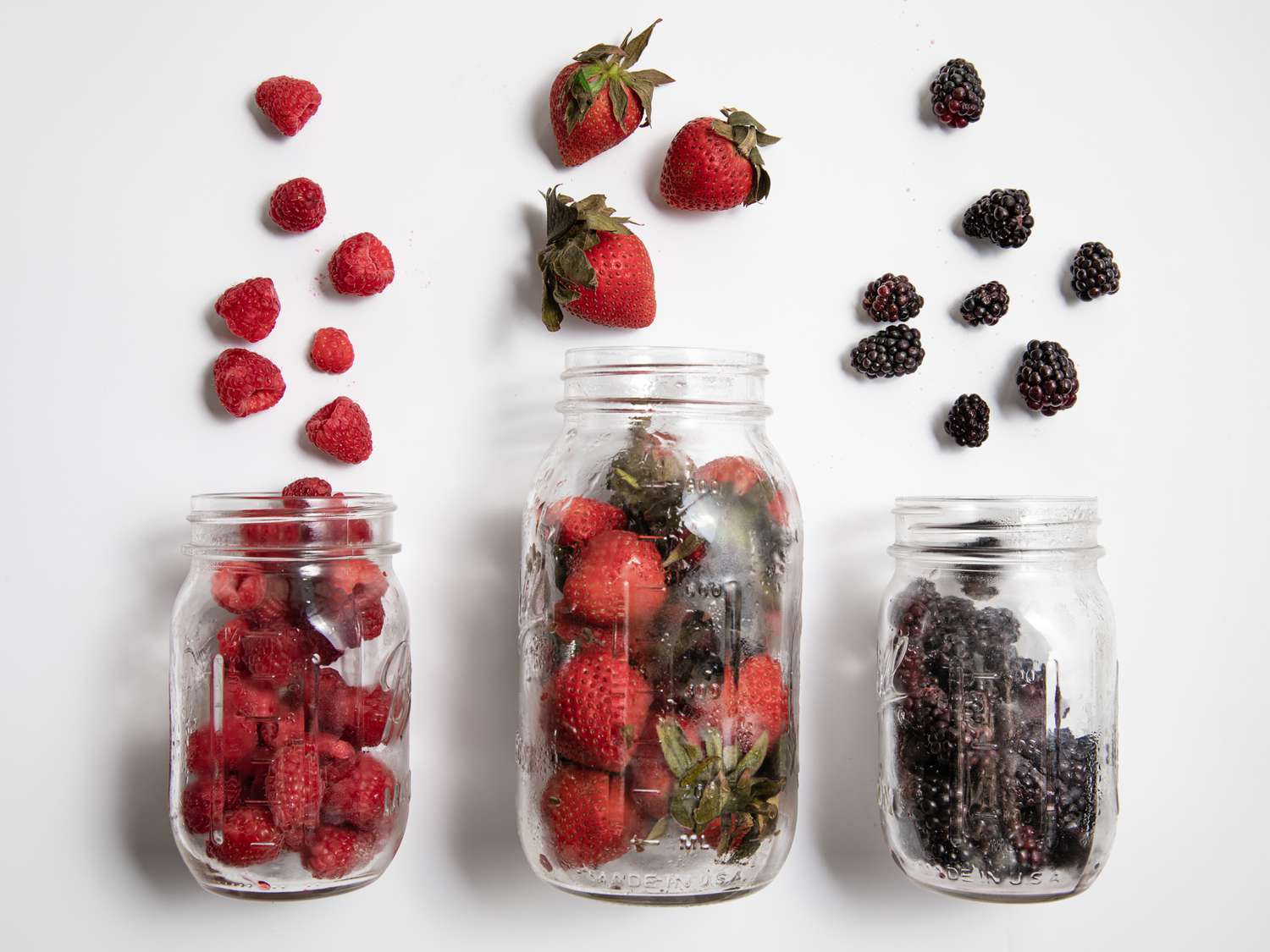

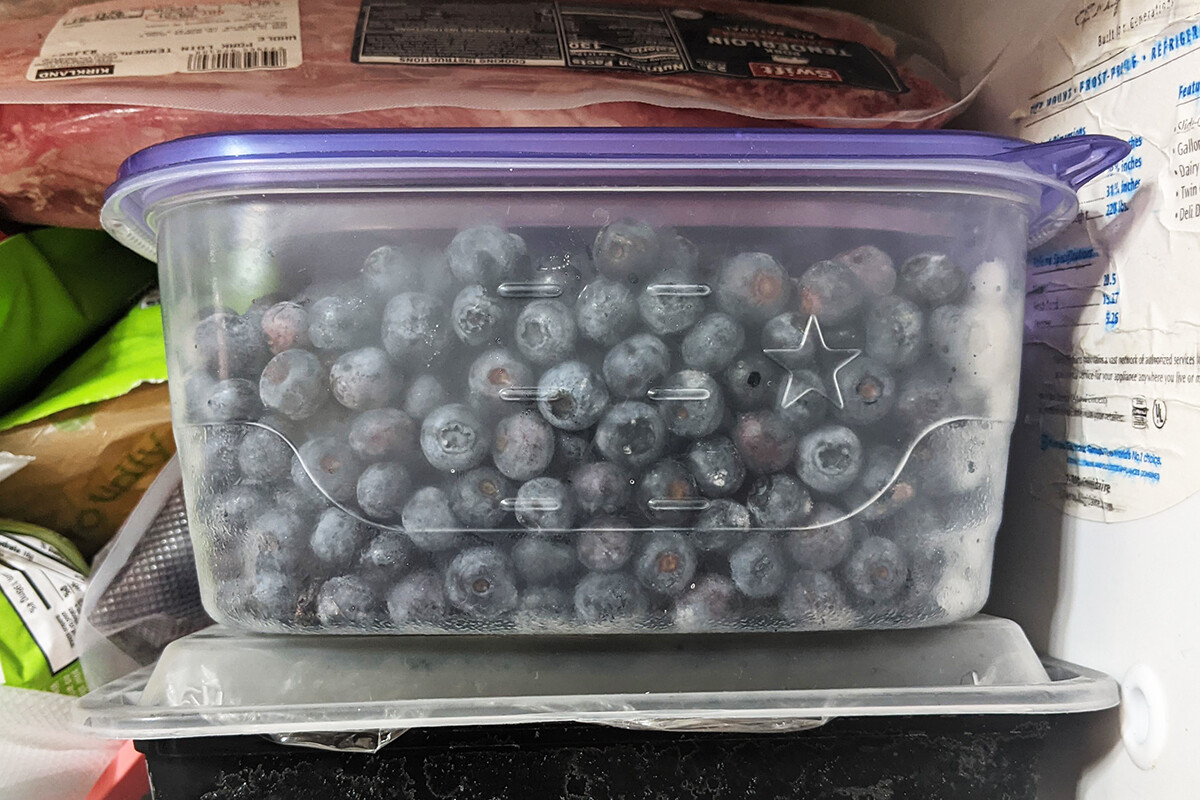
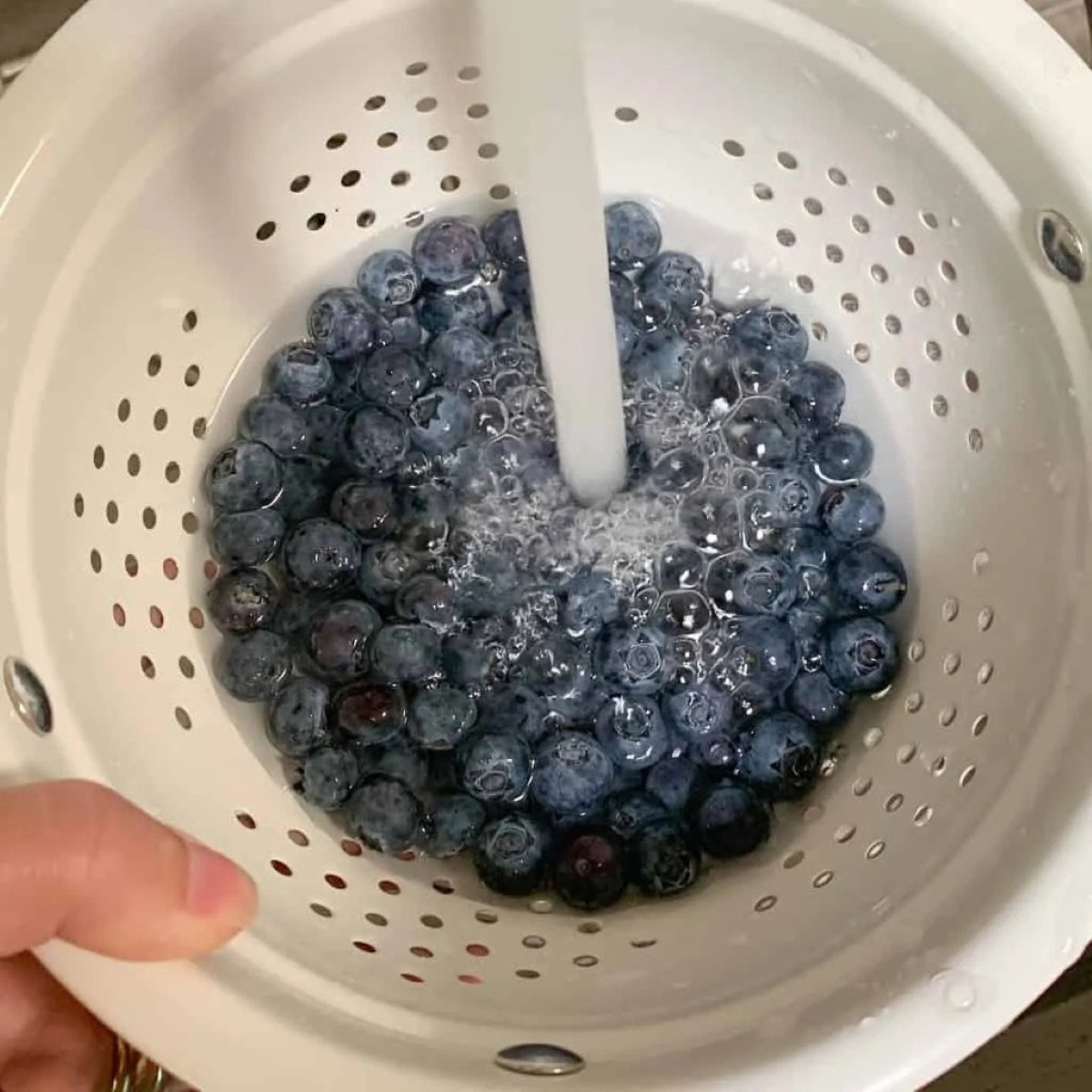
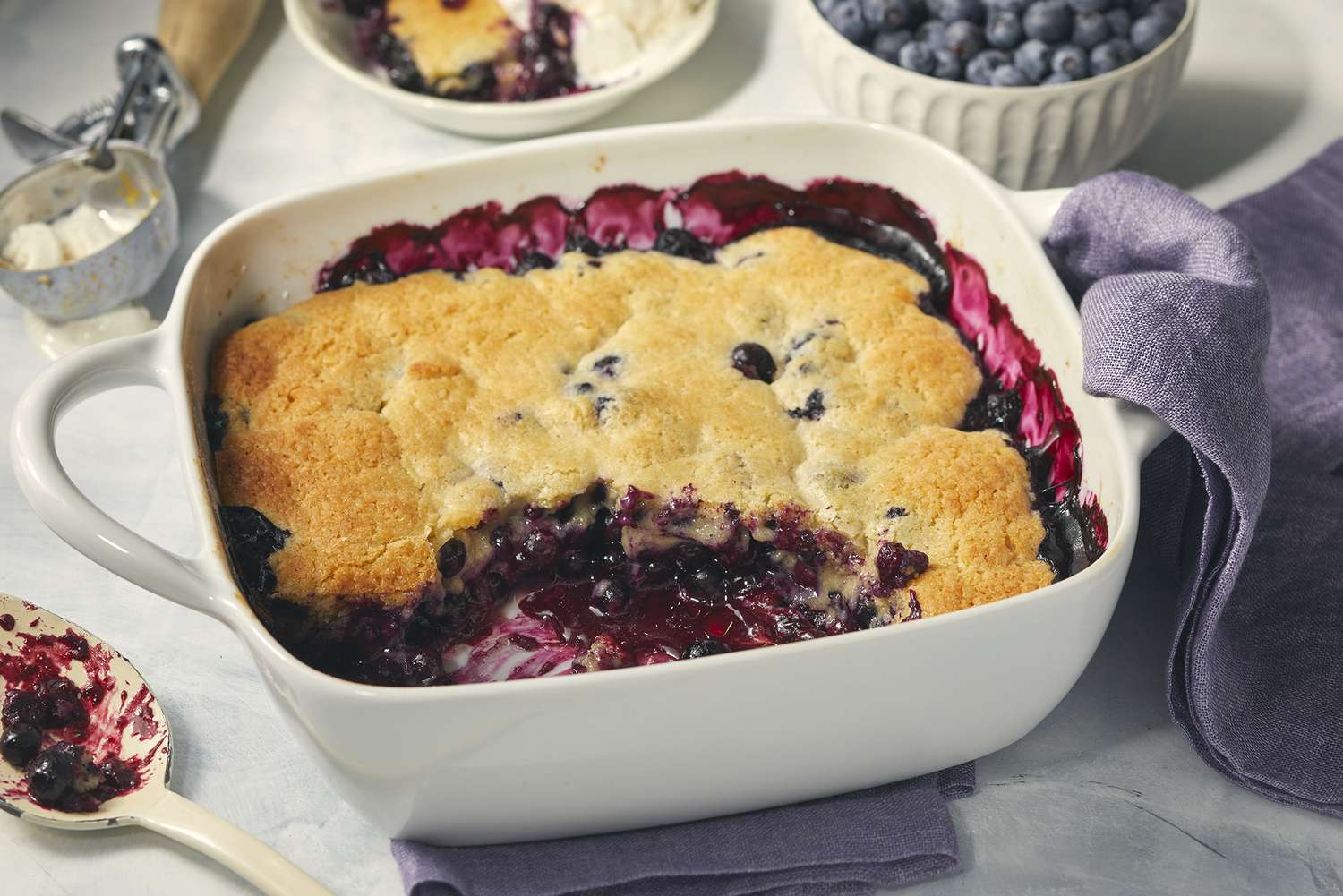
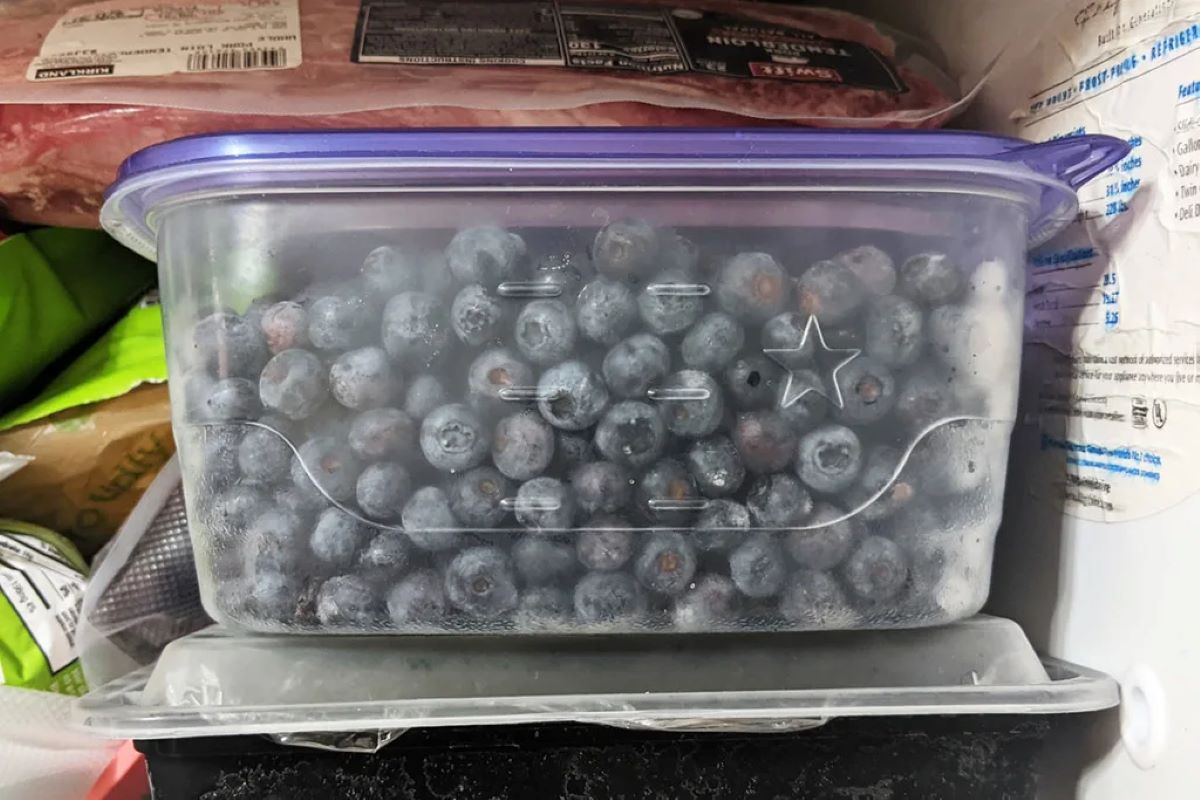
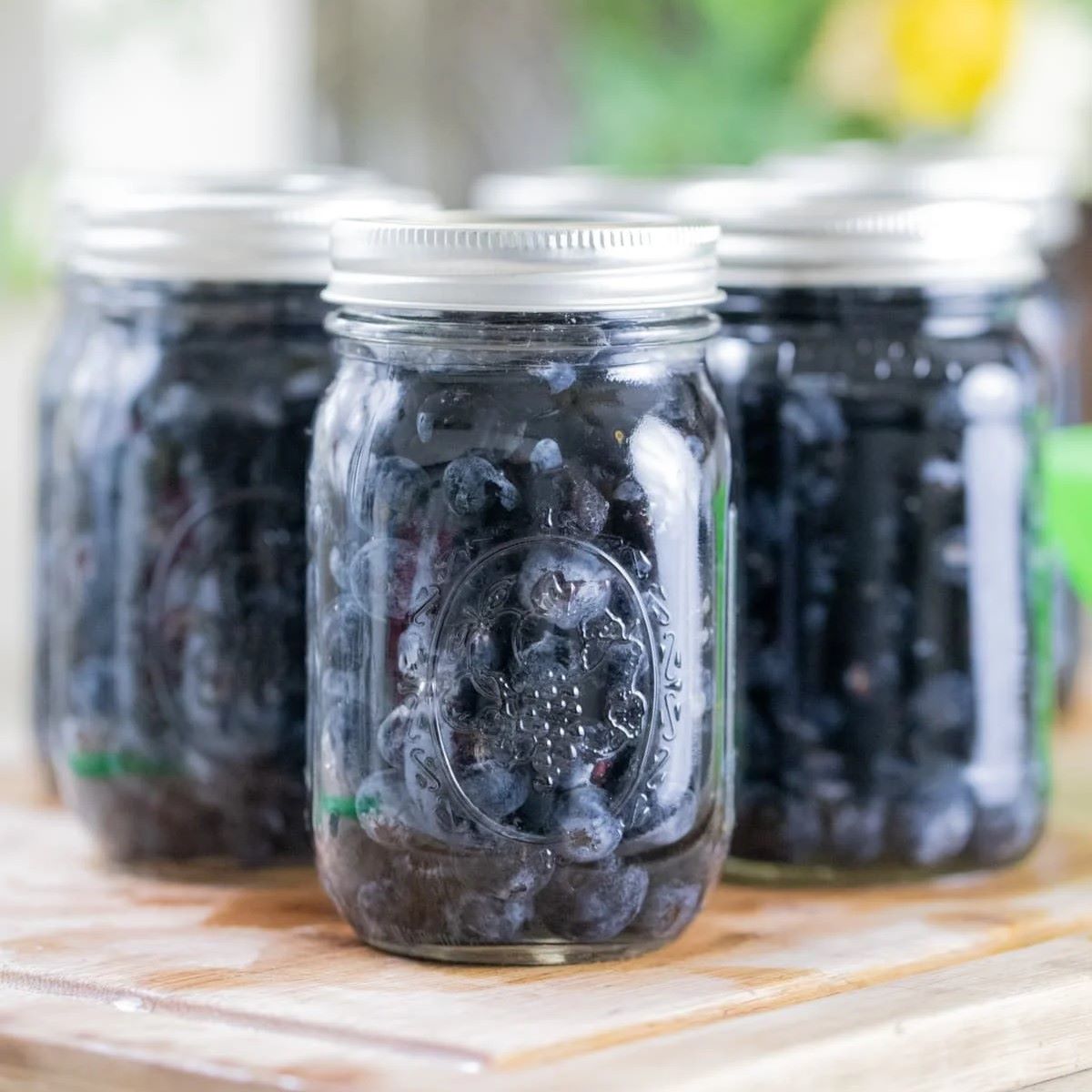


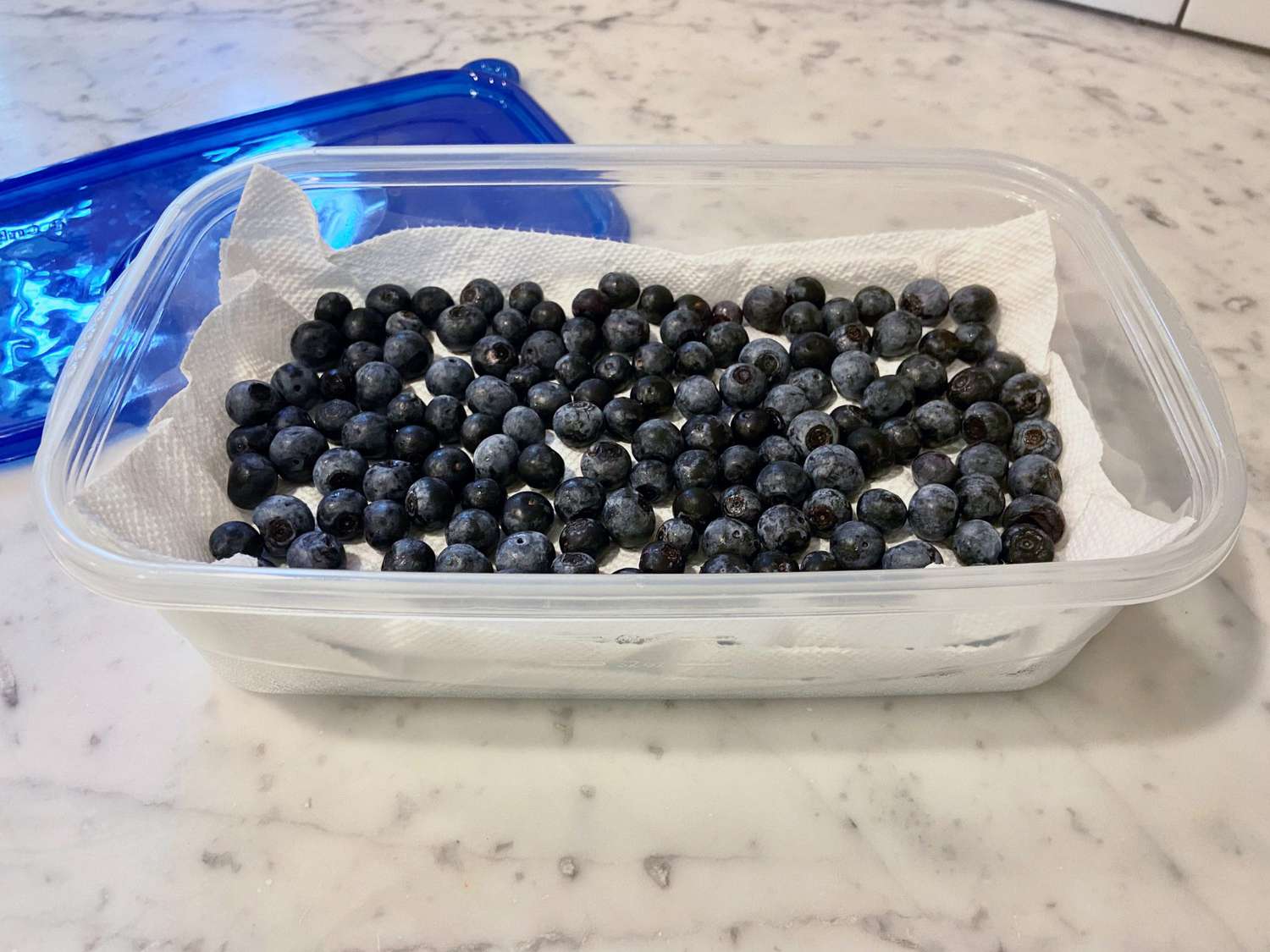
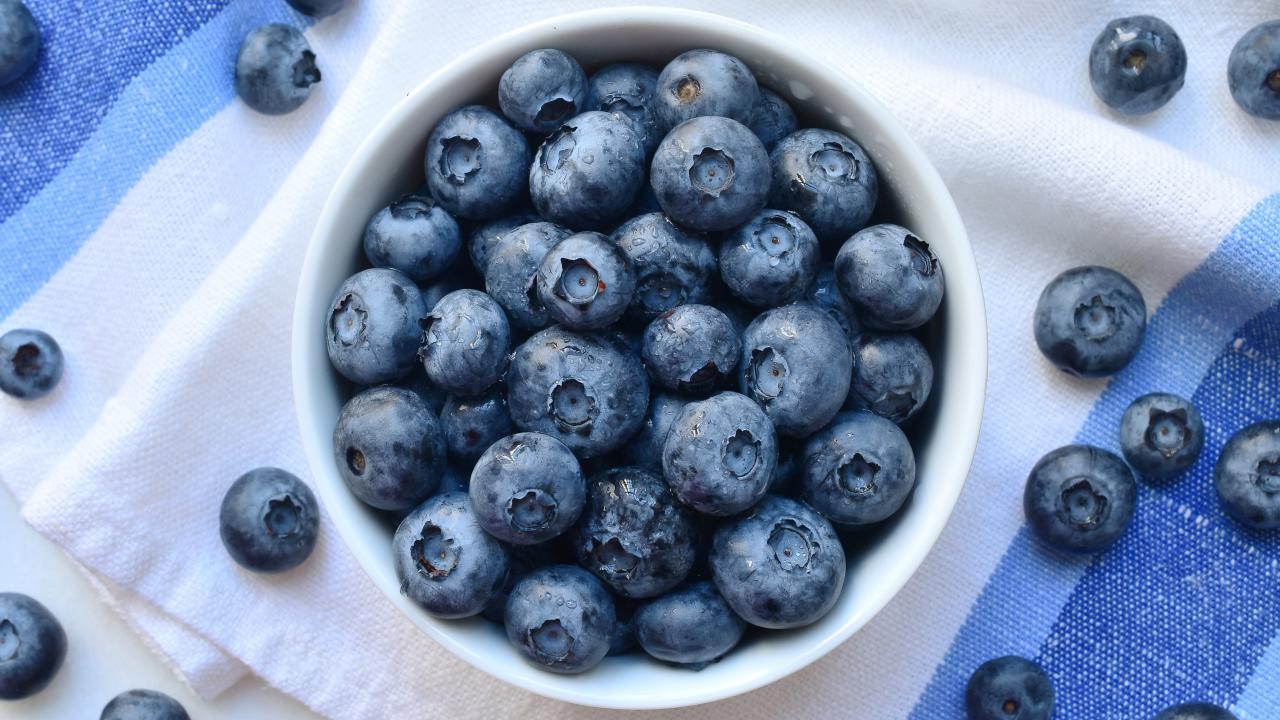


0 thoughts on “How To Store Blueberries After Washing”